

Ben Zachariah
2026 Toyota HiLux review: Quick drive
4 Days Ago
Want to buy your first electric car? Here are the questions you should be asking your dealer before taking the plunge.

Deputy Marketplace Editor


Deputy Marketplace Editor
Electric vehicle sales accounted for 8.3 per cent of all Australian new vehicle deliveries in the first quarter of 2024, and that figure is steadily rising year-on-year.
However, many drivers are still yet to convert from petrol-powered vehicles or don’t know where to start when it comes to buying their first electric vehicle (EV).
There are plenty of considerations for people planning to make the switch, especially surrounding driving range and charging options.
So, these are the questions you should ask a dealer before buying your first EV.
Range anxiety, or the fear that an electric vehicle battery does not have the capacity to complete a journey, is one of the foremost concerns of Australian car buyers who are considering an EV.
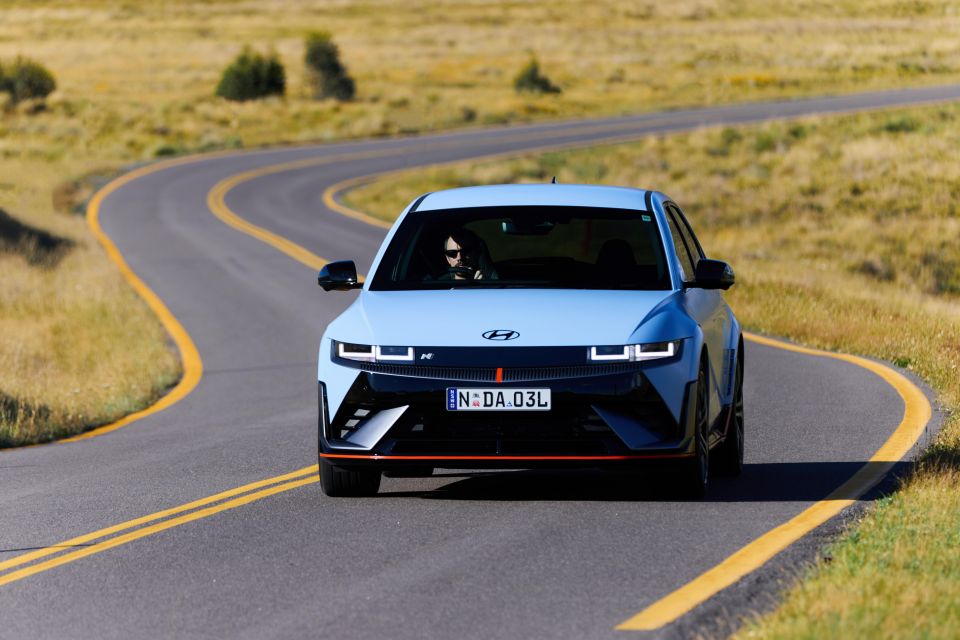
This was evidenced by Zing Insights’ January 2024 EV and Hybrid Vehicle report, which surveyed 2000 Australian drivers about their current and future car buying habits. It found 39 per cent of respondents were concerned about the driving range of electric cars, while half held doubts about charging infrastructure.
Those figures are echoed by the trends seen by Melbourne City Hyundai general manager, Ashley Berick.
‘The majority of the questions we get are around range and how charging times work,” Mr Berick told CarExpert.
“People who are looking in that electric space are researching everything, it’s a new landscape for everybody.
“But most of them are curious about range, what charging looks like, and who to source home charging from. Those are the most common questions we get.”
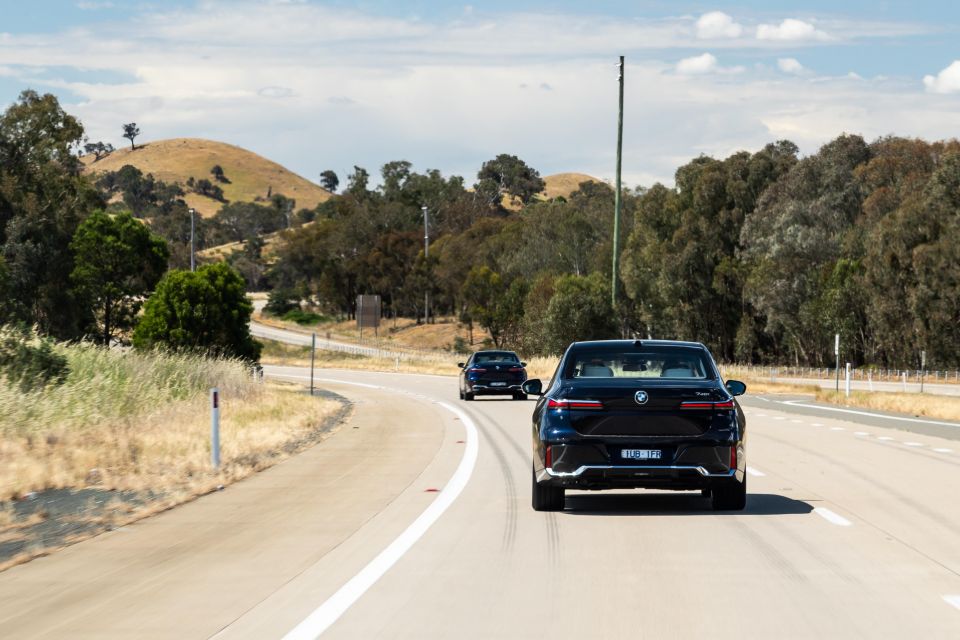
As such, for buyer peace of mind, any EV purchasing process should include a discussion with the dealer about the driving range of the vehicle in question.
The range of modern EVs varies greatly, from a claimed 233km in the outgoing Mini Cooper Electric to 654km in the Polestar 2 Long Range Single Motor.
For those who live in the city and use their car predominately for the daily commute, the Mini might have more than enough range. However, drivers who cover a lot of ground will likely want an EV that can spend more time on the road and less at a charging station.
It’s best to discuss your individual needs with the dealer, so they can point you in the direction of an EV that suits your lifestyle.
Once the question of range is resolved, charging options also need to be discussed.

For the most part, you can opt to either charge your EV at home or in public, while charging speed varies based on the type of charger available – and the vehicle’s capability.
AC chargers can be portable units which plug into a regular wall socket. It’s the slowest, but the simplest form of charging for anyone with a garage or regular access to a powerpoint.
Faster household alternating current (AC) charging systems (known as a wall boxes) typically connect to the standard electricity grid, and are the faster way to charge your EV.
Wall box charging can initially be expensive because the equipment and installation doesn’t come cheap, although some brands include installation with the purchase price of the car.
On the other hand, direct current (DC) charging is the faster, but more expensive powering up your EV. Most owners only use DC chargers on road trips.
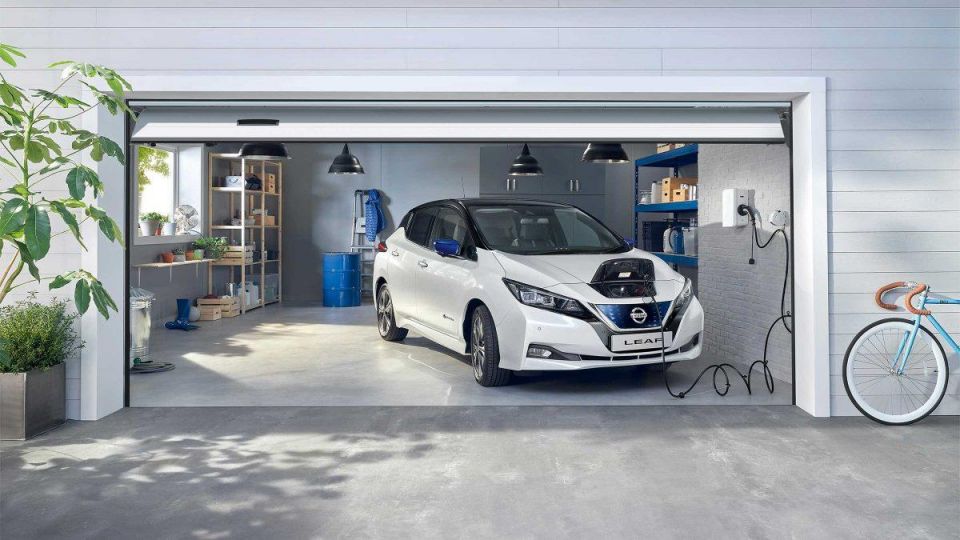
This type of charging is available at fast-charging stations, and offers superior charging speeds to AC systems. One downside is that DC charger availability isn’t guaranteed, both due to high demand, maintenance issues, and gaps in coverage across Australia.
Muddying the waters further, not all cars can draw charge at the same speed. Some electric cars with high-tech 800V platforms can draw charge at up to 320kW (Porsche Taycan), meaning you’re able to zap from flat to 80 per cent in 18 minutes using the fastest 350kW public chargers.
Plugged into the same charger, a Nissan Leaf is only able to draw charge at 50kW. That means it takes an hour to charge the battery from 20 to 80 per cent plugged into a 350kW charger, despite it having a much smaller battery than the Taycan.
There are some complexities here that don’t exist with an internal combustion engine (ICE) car, so it’s worth talking to the dealer about charging options and which will be best for you in terms of cost and convenience.
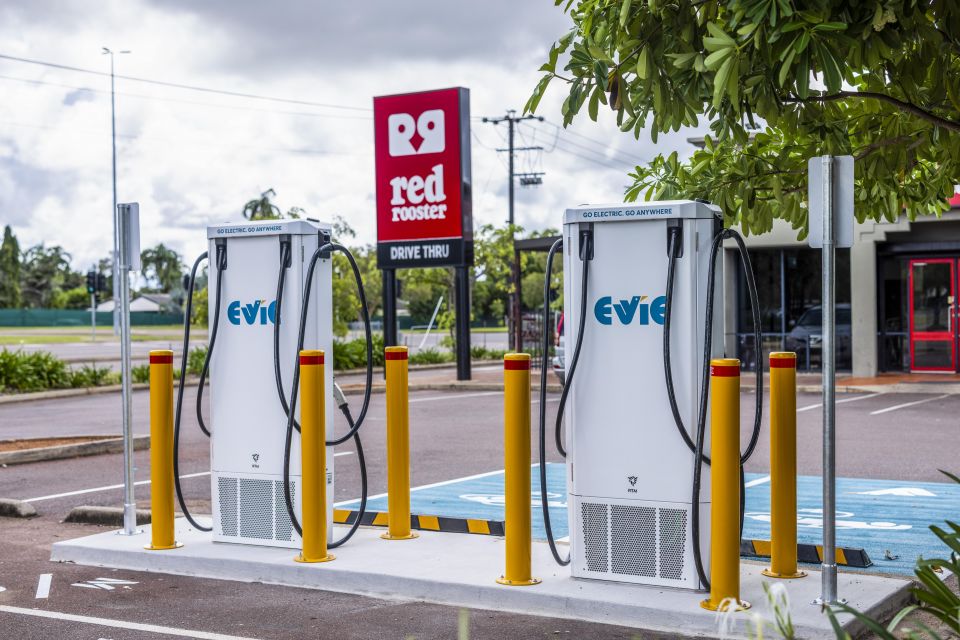
“We try to make the process easier by offering charging options as part of our online buying process,” said Mr Berick.
The answer to this question seems obvious, but you’d be surprised to learn that a charging cable is not included in the price of all electric cars.
In fact, the world’s top seller of electric cars – Tesla – is one of the brands that treats charging hardware as a paid option. It’s a worthwhile point to clarify, as portable charging cables can cost up to $500 depending on which brand you opt for.
In general, EVs are cheaper to service and maintain than equivalent ICE alternatives, and that is a big drawcard for prospective buyers.
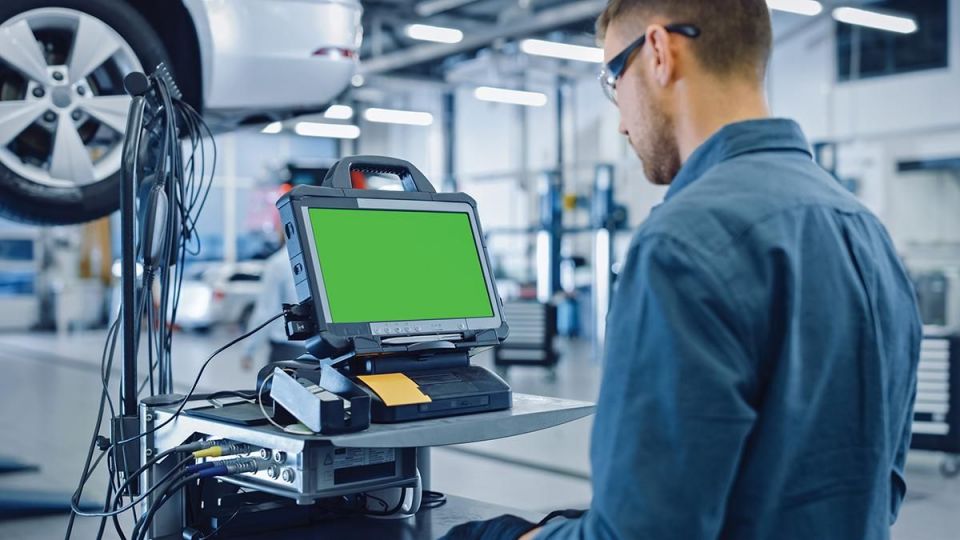
However, this varies from manufacturer to manufacturer.
For example, Tesla vehicles are cheaper to service because they are not held to a set maintenance schedule, while BYD electric cars require annual servicing which shifts costs closer to a combustion engine powered car.
Make sure to confirm the service schedule for your new EV with the dealer to avoid any nasty surprises.
EVs are also cheaper across the board than ICE cars when it comes to day-to-day costs, as charging an electric car will set you back less than refuelling the equivalent alternative when charged using affordable home power.
Outside of servicing intervals, buyers should also ask their dealer about the availability of spare parts, as supply is limited for some makes and models.
The financial sense of buying an EV depends on where you live in Australia, with some states offering incentives for drivers to make the switch.

South Australia, New South Wales, and Victoria recently scrapped rebates of $3000 on EV sales, but the Australian Capital Territory (ACT) still incentivises adopters of electric cars, as does Queensland with its $6000 rebate.
New EVs are exempt from stamp duty in the ACT, equivalent to around $2900 for a $60,000 car that emits more than 221g of CO2 per km.
ACT registration costs are also wiped for the first two years of EV ownership, regardless of whether the car is new or used. Finally, zero-interest loans are available to EV buyers as part of a Sustainable Household Scheme in the ACT.
Regardless of where you are in Australia, there are Fringe Benefit Tax (FBT) exemptions for anyone trying to lease certain electric vehicles, designed to make them more attractive to buyers.
While there is plenty of information available online, dealers will almost certainly be on top of the incentives in their area, so it’s best to quiz them while searching for your first new electric car.
Unlike an ICE car, electric cars are sold with both a vehicle warranty and EV battery warranty, the latter of which covers the drive battery for defects or wear under normal use.

Most manufacturers guarantee the drive battery will maintain a certain percentage of its original capacity for eight years or 160,000 kilometres, although some carmakers have a slightly different policy.
Some EVs can haul a load behind them, but not all.
One such example is the Cupra Born, although it’s unlikely buyers were intending to tow a caravan with their Spanish rear-drive hatchback.
There can be a lot of disparity between EVs when it comes to towing capacity, so it’s worth checking the spec sheet or ask the dealer about the capability of your desired EV.

Josh Nevett is an automotive journalist covering news and reviews, with a background in motorsport journalism.


Ben Zachariah
4 Days Ago
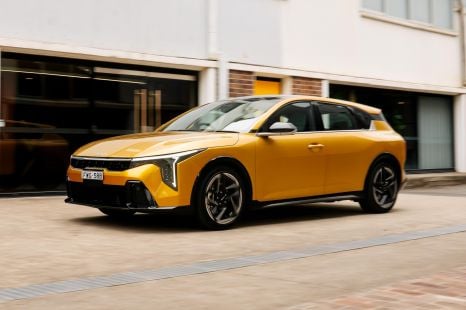

James Wong
3 Days Ago
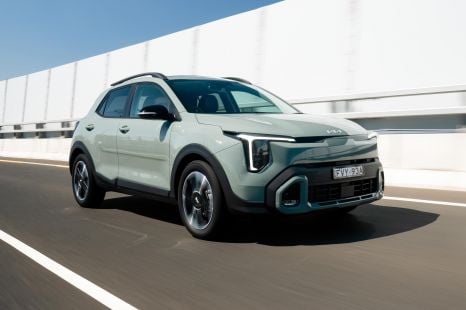

James Wong
3 Days Ago
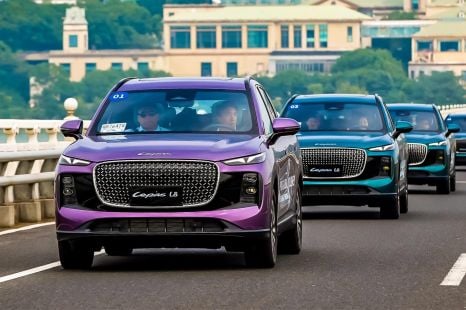

Andrew Maclean
3 Days Ago
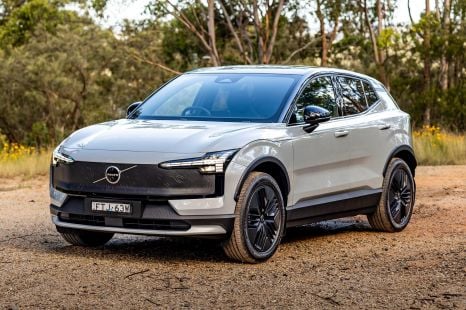

Matt Campbell
2 Days Ago
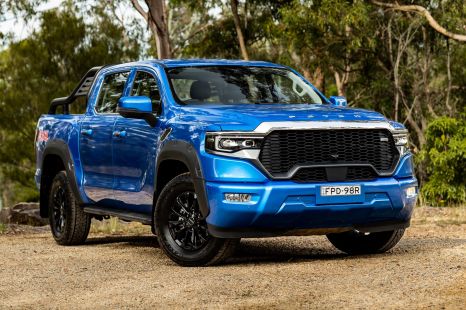

Matt Campbell
16 Hours Ago